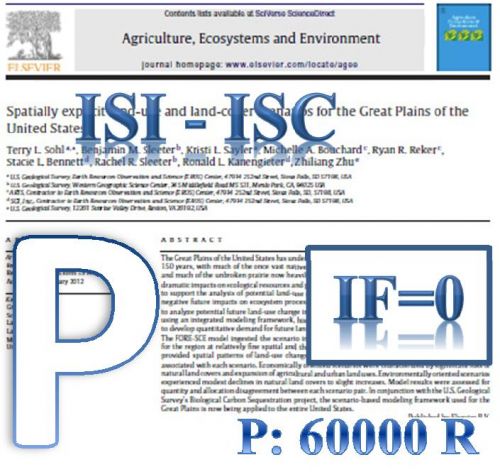Introduction: A varicocele is the abnormal dilation and tortuosity of venous plexus above the testicles. The pattern of abnormal heat distribution in the scrotum can be detected through thermal imaging, which is a distant, non-contact, and non-invasive method. The aim of the present study is to detect and grade varicocele. Materials and Methods: This study was conducted on 50 patients with high probability of varicocele, who referred to a hospital affiliated to the AJA University of Medical Sciences, Tehran, Iran. The evaluation procedure included thermal imaging, clinical diagnosis, and ultrasound test. The gold standard method was based on ultrasound examination. The thermal imaging was performed using a non-contact infrared camera. Results: This paper presented two methods for diagnosing and grading varicocele. The first method was based on the patterns and models of thermal asymmetry in the testicles (including three asymmetric and symmetric patterns). The second method was based on the temperature differences. The obtained results demonstrated that the use of temperature differences in the diagnosis of varicocele was better than the other proposed method. In addition, a temperature difference of 0.5°C in the pampiniform venous plexus was an important indicator for the diagnosis of varicocele using thermal imaging. The accuracy of thermography in grading varicocele was 76%. Conclusion: According to the results of the study, thermography is a useful method for initial varicocele screening and can be applied as a supplement to other diagnostic techniques due to its low cost and lack of radiation exposure. Thermography was concluded to be a precise technique for the diagnosis of varicocele; however, its capability to determine the varicocele grading was comparatively low.
کلید واژگان :Diagnostic Imaging Thermography Varicocele
ارزش ریالی : 600000 ریال
با پرداخت الکترونیک
